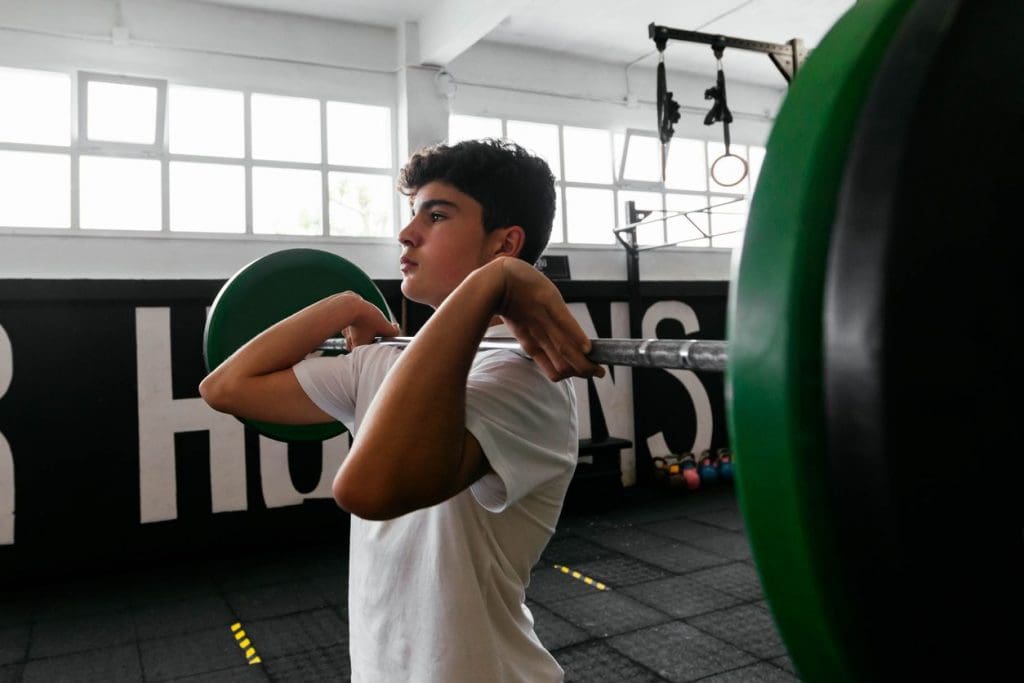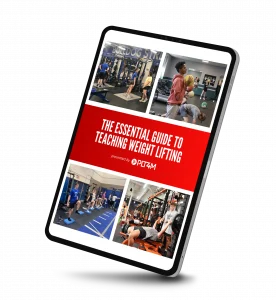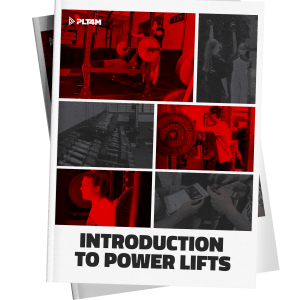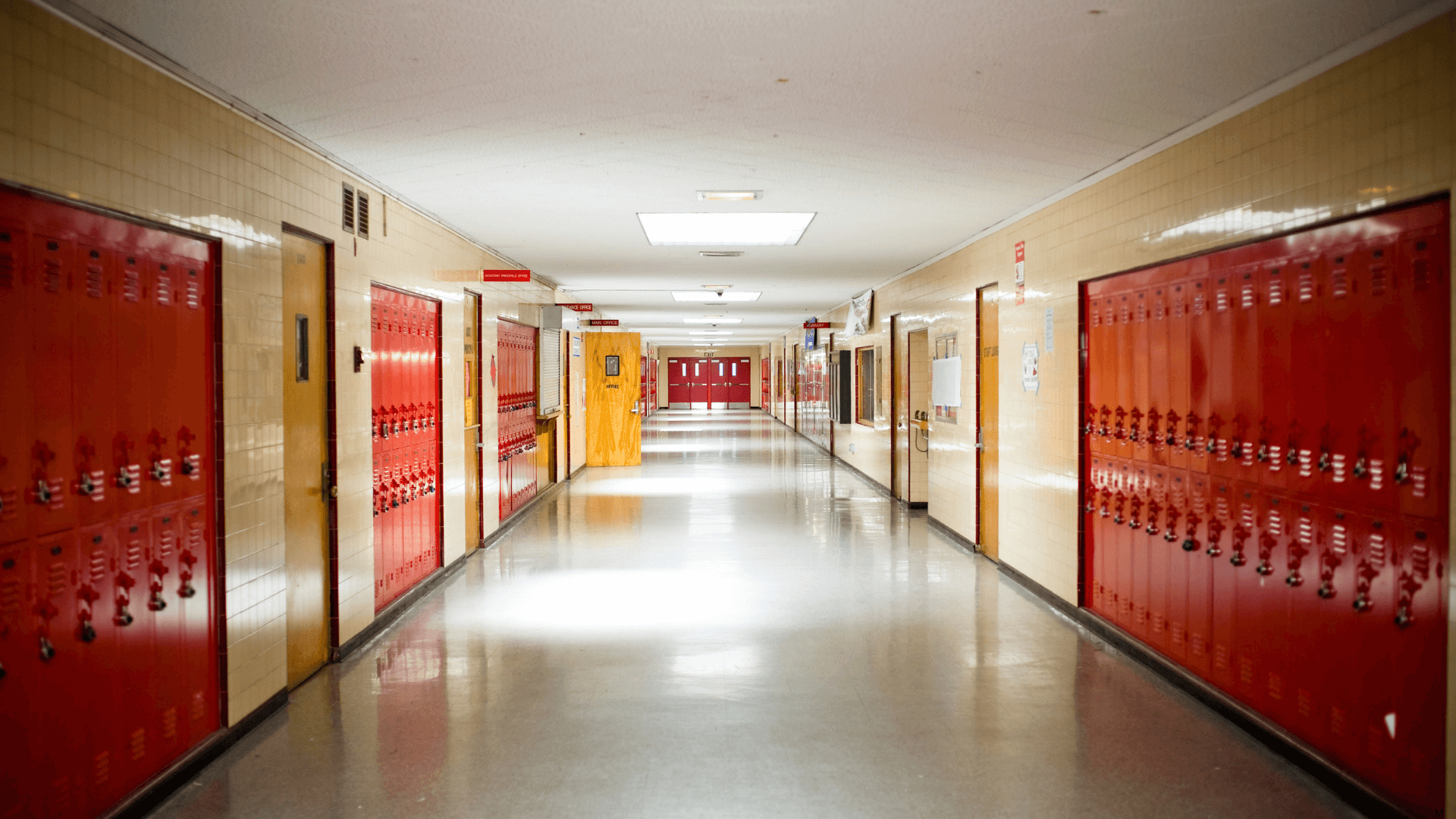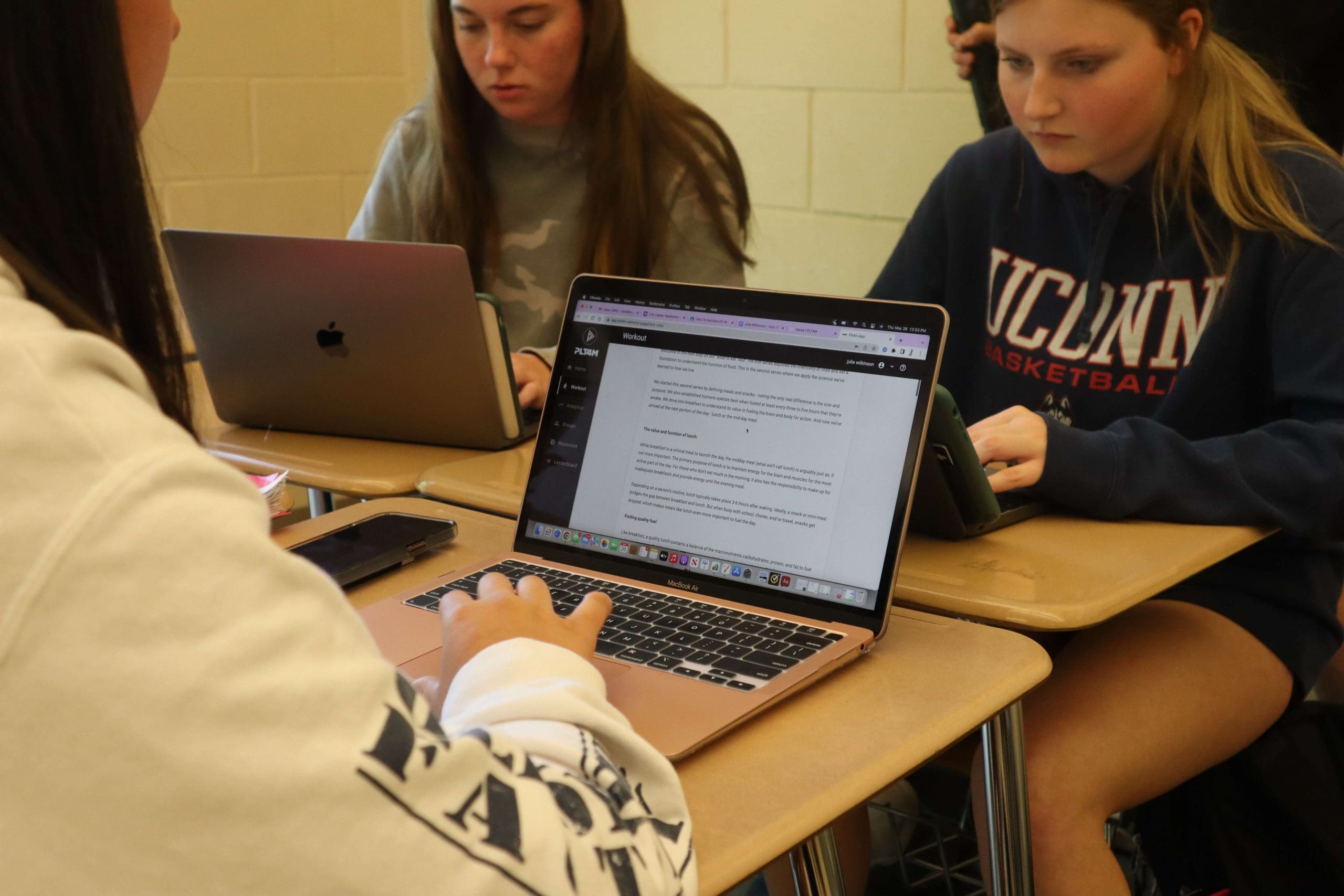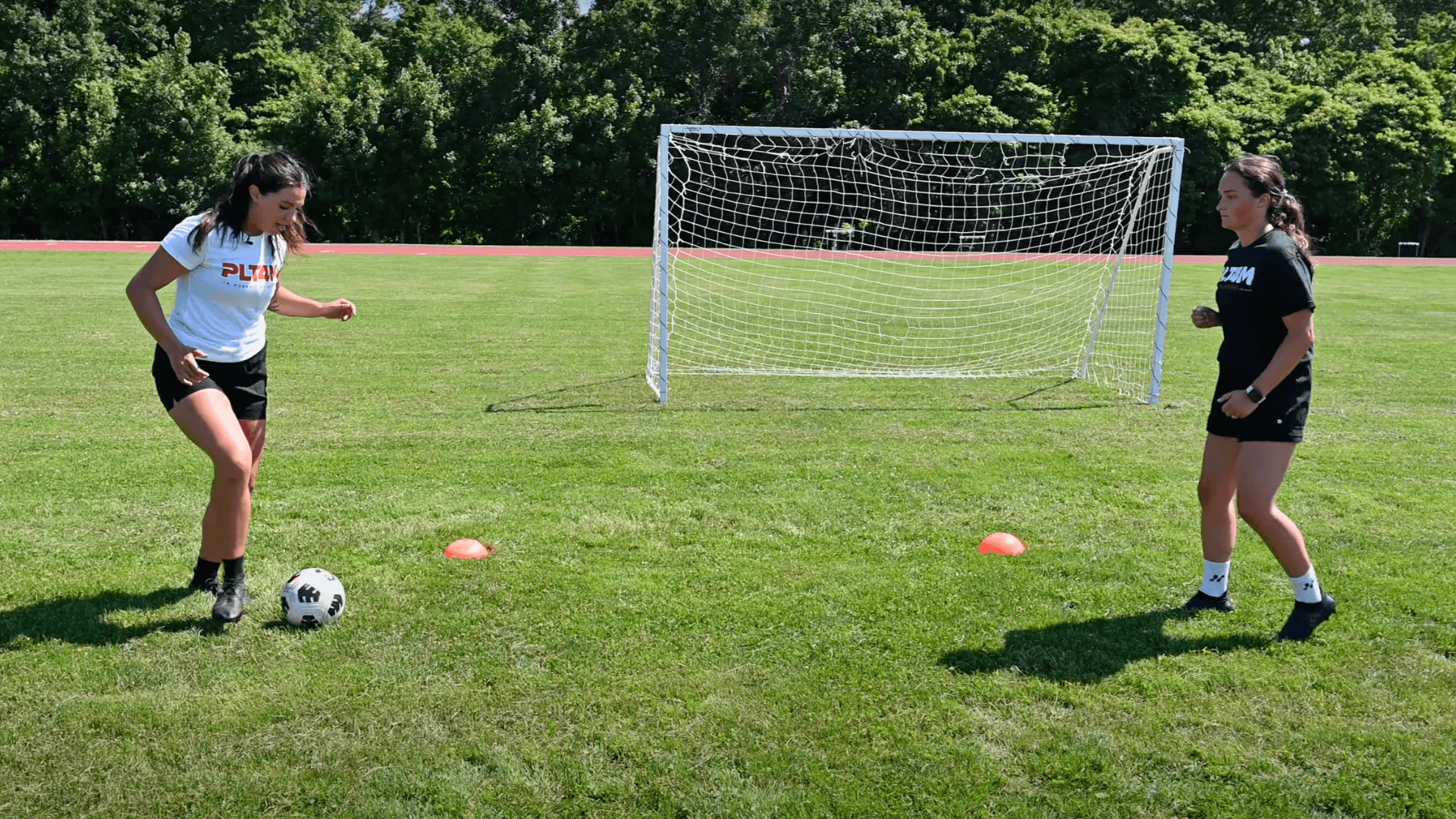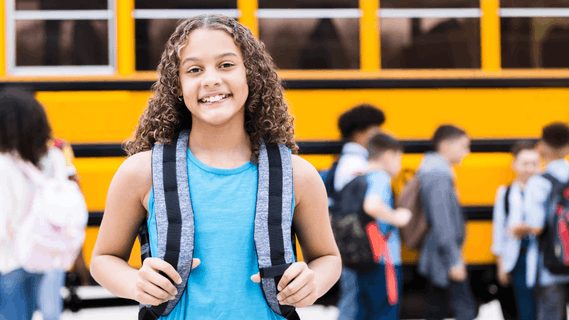At the high school level, the weight room is a classroom. Therefore, high school strength and conditioning curriculum plays a pivotal role in students’ long-term development in physical education. This article explores specific programs and approaches for the different levels of students in a high school strength and conditioning program.
Benefits of a High School Strength and Conditioning Curriculum
High school strength and conditioning is becoming an increasingly popular component of physical education curriculums. Strength training has a myriad of benefits for all students:
Injury prevention amongst students and student-athletes
Proper Long-Term Athletic Development for ALL students
Improved performance and long-term healthy lifestyle
Increased safety in the gym and on the field
Increased muscular strength, muscular endurance, mobility, flexibility, aerobic and anaerobic capacity, and more….
It is important to highlight these benefits are not reserved for student-athletes alone. Historically, sport coaches and strength coaches have worked with high school athletes, but now physical education teachers are getting involved. With a proper high school strength and conditioning curriculum, all students can reap the benefits of resistance training.
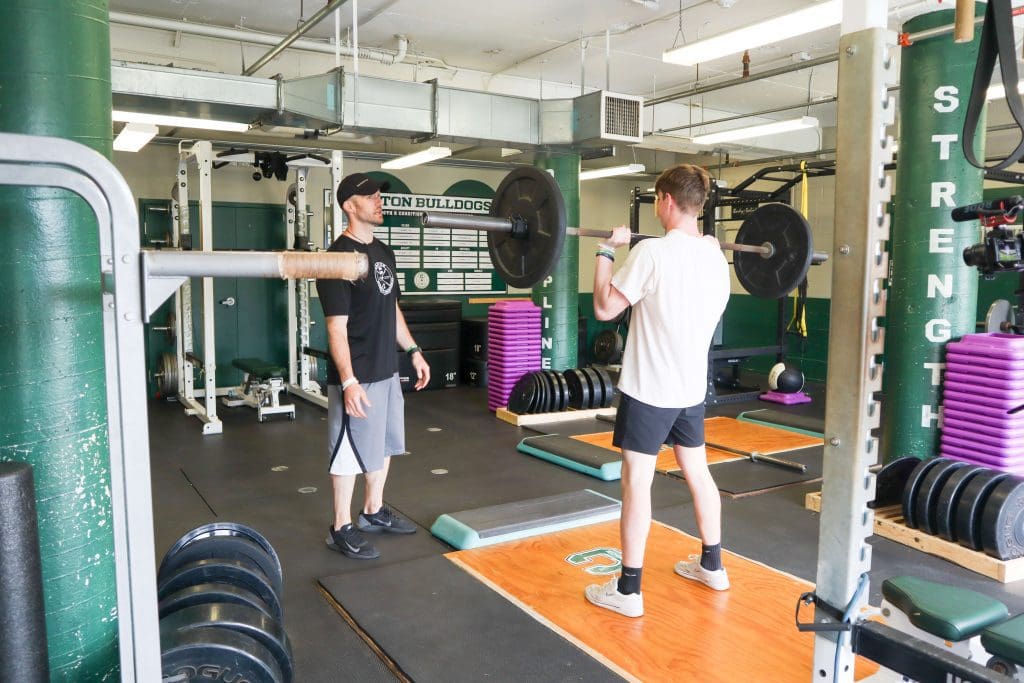
Challenges of High School Strength and Conditioning Curriculum
Creating a comprehensive high school strength and conditioning curriculum comes with its challenges.
First, within a physical education class period, there is likely a wide range of student abilities and experiences. As a result, physical education teachers have to figure out if every student should be on the same training program or if there need to be multiple programs going on in the weight room at one time.
Next, not all PE teachers tasked with running a weight room class have experience in writing and creating strength and conditioning programs. For example, a teacher might know the basics of strength training principles but struggle with creating personalized programs for different levels of students. Hopefully, there are qualified coaches who can assist in this, but this isn’t always the case at the high school level.
Lastly, there is the added complication of student-athletes on different sports and team schedules. Hopefully, there is a line of communication between sport coaches and physical education teachers, but depending on the school setting, that might be difficult.
FREE E-BOOK!
Essential Guide to Teaching Weight Training
Explore the five essential steps to teaching weight training program.
Filled with extra resources, videos, and real-life examples, you’ll come away with ideas you can implement at your school!
3 Steps To High School Strength and Conditioning Curriculum
The challenges highlighted above demonstrate the need for a unified high school strength and conditioning curriculum across physical education and athletics. While there are a wide variety of variables in implementing a high school strength and conditioning curriculum in a PE class, there are 3 common steps to a high school strength training program:
Build a foundation
Learn and develop weight-training movements
Pursue advanced programs based on interests
In steps 1 and 2, we treat all students the same regardless if they are general population students or student-athletes. At step 3, students can pursue programs for athletic performance or general physical performance to pursue a physically active lifestyle.
While many high school coaches and PE teachers are eager to jump right to full-blown strength and conditioning programs, we cannot overstress the importance of laying a foundation of good form and technique within steps 1 and 2 of a high school strength and conditioning curriculum.
Step 1: Build a Foundation
The first step to successful high school strength and conditioning curriculum is covering the basics of physical fitness. Before introducing any type of free weights, students should have a strong understanding of foundational human movements. Before we can incorporate equipment or resistance training, an introduction to bodyweight movements like the squat, lunge, hinge, press, and pull must be our first step in establishing physical literacy.
In some school settings, this foundation may have been built at the middle school level. If so, a high school PE class can move directly to steps 2 and 3. But more often than not, high school students could still use a proper introduction (or review) of fitness and physical literacy concepts. For example, an introduction to fitness program can start students with bodyweight movement patterns and begin to introduce resistance training via lightweight medballs or dumbbells.
Below is an example of a PLT4M instructor breaking down the points of performance of an air squat. These skills and technique tips directly translate to future programs where students begin to learn more advanced weight training movements like the barbell back squat.
Step 2: Learn and develop weight-training movements
After completing some form of foundational movement introduction or review, students can begin to learn and develop more advanced weight-training movements. A popular approach is to introduce the powerlifts and other Olympic lift variations. At PLT4M, our intro to strength training program teaches the following barbell movements:
We start every student with an empty barbell (or training bar) and begin to teach students how to safely and effectively add weight over time. In addition to introducing barbell movements, we begin to introduce different dumbbell exercises within a training day.
Below is an example of a PLT4M instructor introducing the barbell back squat in all its parts. Again, we cannot over-emphasize the importance of taking time in this step and really making sure that form and technique are solidified. By doing so, we can create a long lasting potential for students in resistance training.
Let Us Do The Heavy Lifting
Nothing is harder than teaching barbell movements to teenagers. Download our guide and get access to expert tips and instructions from our in house team of professionals.
Step 3: Pursue advanced programs based on interests
At this stage, students have completed a comprehensive introduction to all things resistance training. Now is when we can begin to open up our high school strength and conditioning curriculum to different choices and options.
Student-athletes can now focus on their overall athletic development with in-season and off-season training programs. These programs will help support and improve overall athletic performance.
Students not participating in sports can still continue with more advanced programs that help them maintain and pursue a physically active lifestyle. However, some students may not want to continue with barbells and seek a more personal fitness resistance training program.
Check out the Naperville North High School spotlight that showcases how all juniors and seniors participate in a high school strength and conditioning curriculum.
Best Practices for Implementing a High School Strength and Conditioning Curriculum
An introductory strength training class is a great way to have everyone start on steps 1 and 2 together. For example, at Evergreen High School in Ohio, the 9th-grade physical education class follows a fitness and strength curriculum progression created by PLT4M. PE teacher Aaron Schmidt describes his experience,
“The curriculum map broke everything down and gave a clear structure of lesson plans to go from bodyweight exercises to students safely and effectively completing barbell and dumbbell workouts. Better yet, it was designed for all students, not just for athletes.”
Evergreen's Fitness and Strength Curriculum In Action
But because of complicated school day schedules, physical education classes often have every grade level and ability all in the weight room at the same time. For example, the strength training classes at Quincy High School in Washington are open to all 10th-12th graders. PE teacher Dave Bach describes how technology in physical education has helped to manage the classes,
“We have 10th-grade very beginner-level students and seniors who are student-athletes looking for a challenge….all in one class. So we want to make sure each student has a positive experience, so we personalize through technology to achieve that.”
Key Takeaways on High School Strength and Conditioning Curriculum
Schools’ goal is to adopt a unified approach to the weight room between physical education and athletics. This means high school pe teachers and high school coaches are working together to support students and athletes before, during, and after the school day.
To successfully implement a high school strength and conditioning curriculum that empowers all students, PE teachers use the right blend of workout programs and technology. By doing so, a strong foundation is set at early grade levels, translating to lasting success throughout students’ entire high school experience. Better yet, high school strength and conditioning curriculum teaches lifelong skills that students can continue to use throughout adulthood.
FAQ
Does PLT4M have sport specific training programs?
PLT4M takes an overall athletic development approach. Instead of thinking “sport specific training“, we should really be thinking demand-specific. Below the level of superficial movement and skill, we see that a handful of key physiological concepts like strength, power, speed, control, and capacity drives all sports. PLT4M’s athletic development programs take this comprehensive approach! But with the integration of technology in PE and athletic strength and conditioning, PLT4M enables you to edit and customize programs for specific groups if you want.
Does PLT4M have other types of curriculum?
Yes, PLT4M has an entire library of high school PE lesson plans. In addition, PLT4M also has a full slate of middle school PE lesson plans.
Our ever-growing library of original content includes a variety of programs intended to spark lifelong physical literacy. Check out the options below:
